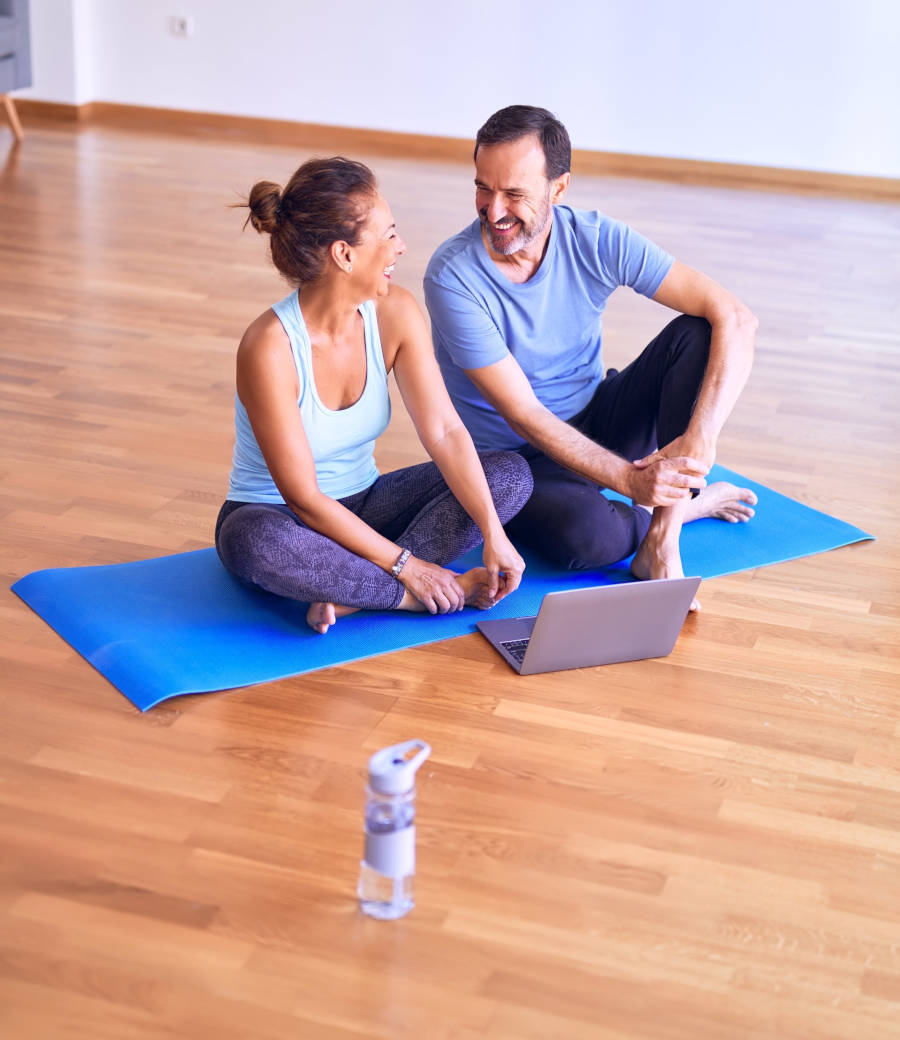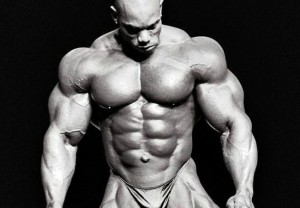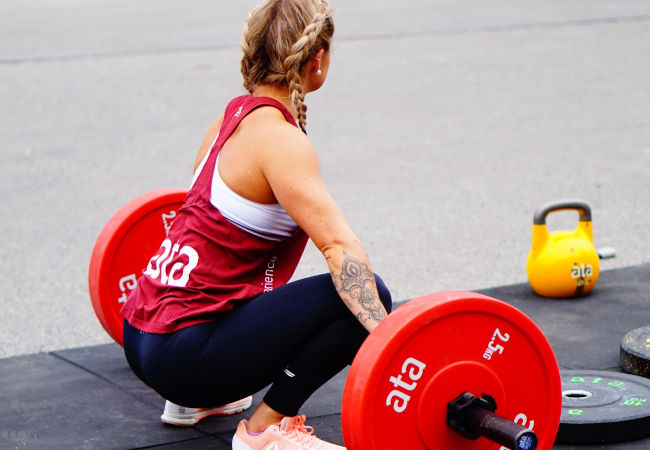When you reach the age of 50, a lot of people will start telling you how to limit yourself because you’re not “as young as you think” anymore. Well, in some cases, there will be signs when we feel time catching up, and our body would seem to lag behind. One of the things they caution is working out; many people will tell you to avoid a lot of exercises when you reach the age of 50. Some would even tell you it’s impossible to lose weight or your arthritis will stop you after a week or so.
Don’t listen to these naysayers, it’s true that things will be a little different when you workout at that age, however, it doesn’t mean you’ll have to give it up altogether. Here are a few basic things to consider when you want to exercise at 50 and beyond.
Consult Your Doctor
Many of the things that restrict your physical activities don’t come from age but from your health conditions. That is why you need to check with your doctor to help you make an assessment of your physical fitness. If you have certain conditions that make certain exercises counterproductive, you don’t need to get discouraged as adjustments can be made to fit your exercise routine. Most medical and fitness experts will tell you to have fun with your workout, or else you won’t be able to stick with it in the long run.
Do the activities that bring you a level of enjoyment and exercise. You can go dancing, biking, take a round of golf, or just walk around the park. The important thing is you get some form of physical activity that will get your muscles working and your blood pumping.

Types of Exercise
After you’ve gotten the “okay” and precautions from the doctor, you will now have to choose what type of exercise you will do. As mentioned, go for the things that you enjoy, some love the outdoors while others would want to challenge themselves in the weight room, however it is important that you do a little of everything to get the most of it.
Here are some general exercises that you can do:
1. Resistance Training
Resistance training develops strength, which is important as you want to maintain bone density and muscle mass. There is no specific restriction on what you want to train on, but you can start with compound exercises that target multiple major muscles.
The bench press and pull-ups can develop your upper body, while doing squats after 50 can help your lower body and core gain mass and strength. If you have osteoporosis, it’s important that you take precautions but don’t be afraid to do these exercises as they can help slow down degeneration.
2. Aerobic
Many of the activities we enjoy doing are aerobic exercises such as dancing, spinning class, biking, or swimming. These exercises help in regulating your blood pressure and get a lot of your muscles moving. Since we’re talking about ages 50 and up, you may want to lessen impact exercises such as boxing, running, or jumping. Although you don’t have to avoid them altogether, you can try to mix other exercises in to reduce the strain on your joints.
3. Balance Exercises
Including balance is also important to avoid falls in the future. Yoga, Tai Chi, and Pilates are great examples of what you can incorporate into your routine to improve your balance. If you’re a complete beginner, then marching in place or standing on one foot and transitioning into tree pose can help you get started or finding a beginners class is the best way to start.

Frequency and Recovery
Generally for all ages, for intense workouts, you can spend 150 minutes each week and 300 minutes for moderate exercises. You can also split your workout schedule to make sure you spend appropriate time on the different types of exercises mentioned. You can start with the basics with 10-minute light exercises and gradually increase it to 20-30 minutes along with the intensity.
Adding movements and longer duration should be done slowly and gradually, keeping a pace that can help you get used to the routine and not rushing it.
Recovery should also be part of your schedule. Your body at this stage may be relatively slow in recovering from strenuous activities thus why slow and gradual increments in the intensity and duration must be taken, as well as putting enough time and rest to recover. Make sure you stretch and do warm-up exercises before you start and after.

The average lifespan today is around 79 years old, which means 50 or 60 still has a lot of years to cover. It means it makes more sense to exercise as it can help you live longer and improve your quality of life. That said, you still have to get the right amount of sleep and proper nutrition to get the results you want from your exercise.
Photo credits:
- krakenimages
- Maarten van den Heuvel
- Jason Pofahl



















